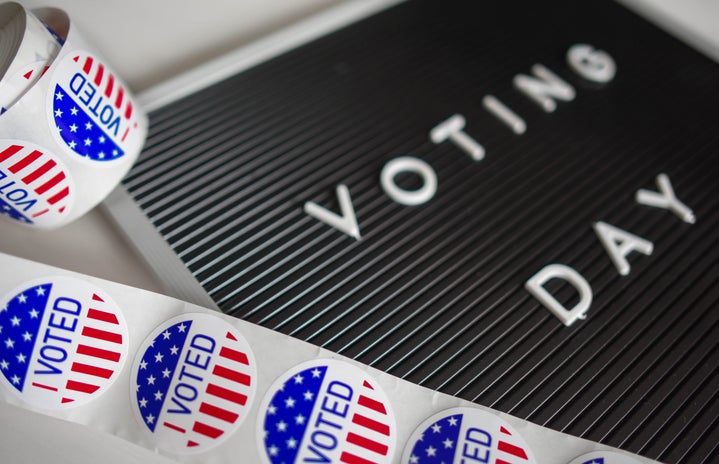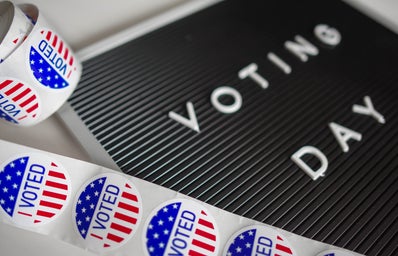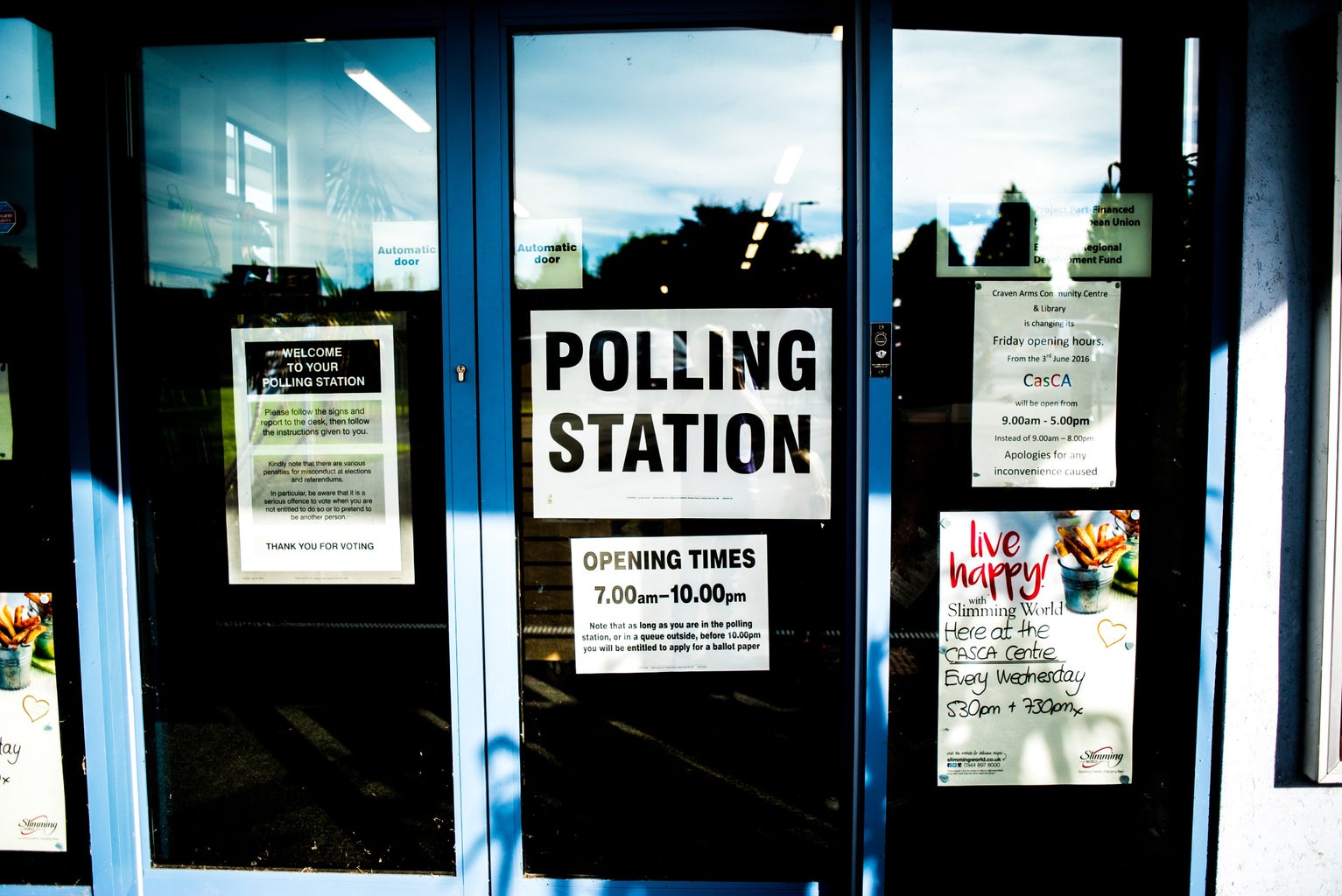With Election Day fast approaching, the country is watching Virginia as the outcome of this election will preview the state’s political alignment in the post-Trump era. Virginia is historically considered a swing state by political scientists and campaign experts. However, the last four presidential elections have challenged Virginia’s battleground status. Many Virginians, specifically Virginia Democrats, expected the Governor’s Race to be a slam dunk for Terry McAuliffe.
As opposed to his predecessor, Bob McDonnell, who was implicated in a corruption scandal, and his successor, Gov. Ralph Northam, who was caught wearing blackface in his medical school yearbook, McAuliffe is a well-liked former governor who has no major scandals while in office. Glenn Youngkin, on the other hand, was a political no-name prior to 2020. Of course, if 2016 taught us anything, it’s that we shouldn’t underestimate wealthy political outsiders. But still, why is the race so tight? As we are days away from the election, what are the campaign teams getting right? And what are they getting wrong?
Why is the race getting so tight? My suspicion is that it has something to do with Youngkin’s skillful strategy in straddling the line between the far-right and the moderate conservative. In the post-Trump era, the Republican Party is split between the pro-Trump and the anti-Trump factions for which there is no middle ground. Republicans who dare to speak out against Trump face retaliation from not only the man himself but also his allies within the party. Thus, we see more and more Republican party members align themselves with the extremist faction to curry favors and remain in office. And yet, Youngkin is an exception. He has managed to enlist himself in the Trumpist faction, all while maintaining his Mitt Romney-esque image.
Youngkin’s campaign team knows that running on far-right policies won’t win him Virginia. Virginia went blue in recent years as a backlash against Trump, but that doesn’t mean that Virginia is resolutely blue. To win Virginia, Youngkin needs to take on moderate stances and appear like a friendly PTA dad. Despite having received Trump’s endorsement, Youngkin’s campaign has omitted that information from their advertisement. Instead, his campaign highlights his plan to raise teachers’ salaries, support private businesses, and lower grocery prices. These are politically neutral platforms that appeal to Youngkin’s target demographic—suburban voters. Furthermore, his campaign has avoided speaking on politically divisive issues such as women’s reproductive rights and gun control. On controversial issues in which he cannot avoid, such as the COVID-19 vaccine, he has managed to walk the slippery slope of being pro-vaccine but anti-vaccine-mandate.
On the other hand, McAuliffe’s campaign strategy is simple and straightforward: emphasize his record during his previous governorship and attack Youngkin. When it comes to critical issues such as LBGTQ+ rights, women’s reproductive rights, healthcare access and affordable housing, McAuliffe is nothing if not consistent. He sticks to the party line. The second piece of his strategy is to attack Youngkin and, more specifically, equate Youngkin to Trump. Just as Youngkin’s campaign team is working overtime to distance him from Trump, McAuliffe’s team is working just as hard to remind voters of Youngkin’s Trumpist alignment.
To McAuliffe’s credit, it’s not a terrible plan. There is just one glaring problem. His campaign strategy is akin to shooting fish in a barrel. The voters who support McAuliffe, and there are plenty of them, already know about his political record and already dislike Youngkin. Appealing to voters through these methods seems like a waste because there’s no real need for persuasion. The democrats have a stronghold over two of the most densely populated regions in the state—Northern Virginia and Richmond. And these regions have and can determine the outcome of state elections. It’s a matter of getting voters to the polls.
According to the Virginia Department of Elections Registration and Turnout Report, odd-numbered years tend to have a lower percentage of voter turnout than even-numbered years. McAuliffe’s campaign should have directed its efforts toward voter turnout. The dilemma here is that Virginia Democrats might have been too presumptuous in assuming their victory, which could come back to bite them. If we look at the polls, McAuliffe led by seven points in early August, but as of yesterday, McAuliffe and Youngkin are deadlocked. What seemed like an easy victory is an easy victory no longer.
To check your polling location, please click here and don’t forget to vote this Tuesday, Nov. 2!



